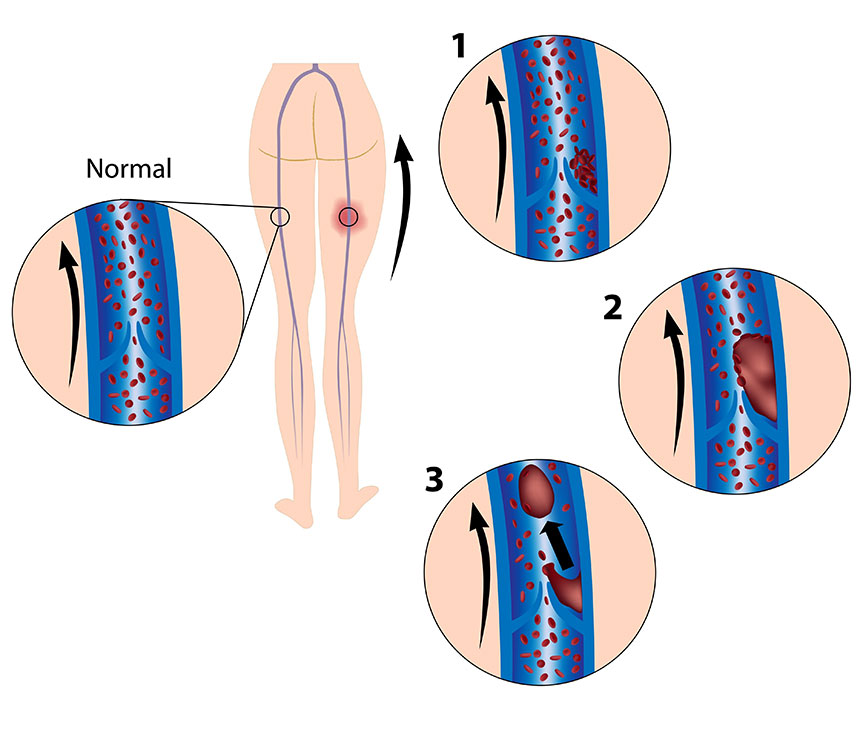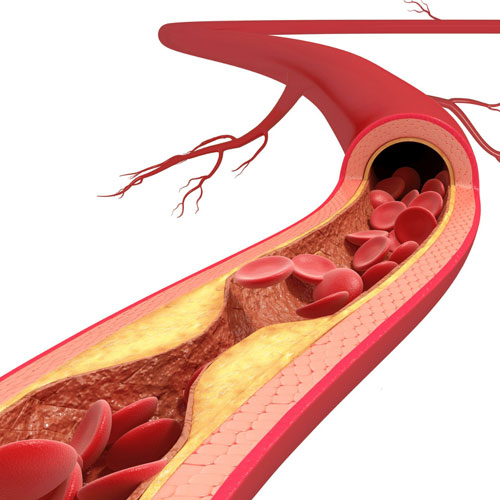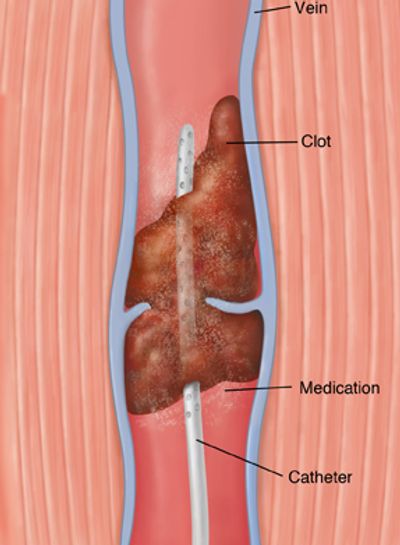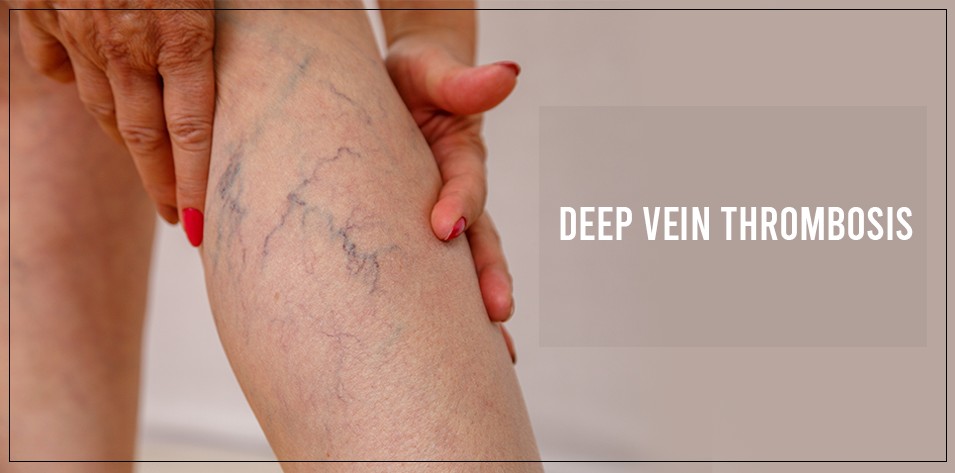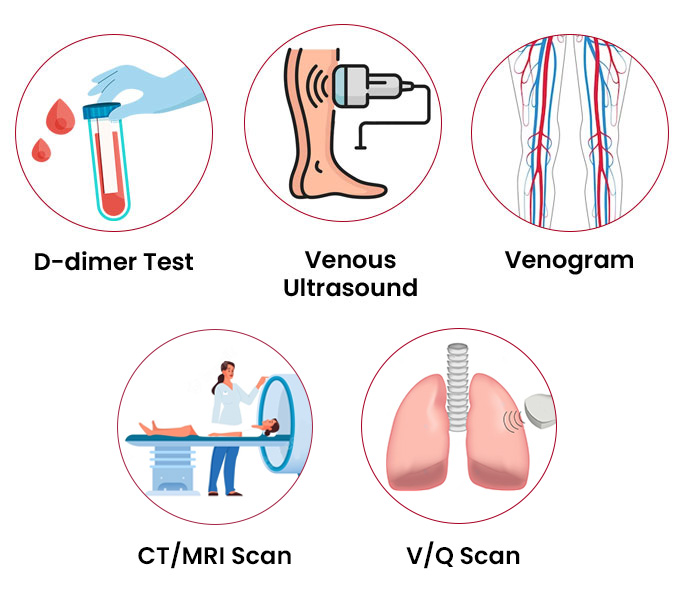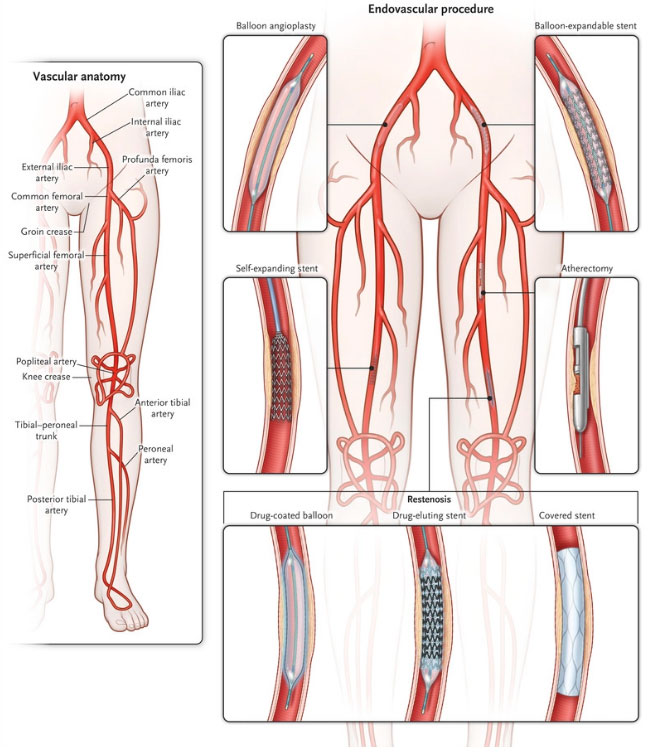Can dehydration be a risk factor for DVT?
Yes, dehydration can be a risk factor for Deep Vein Thrombosis (DVT). 1- Dehydration results from the body losing more fluids than it takes in, causing an electrolyte imbalance and thickening of the blood. 2- Thickened blood is more prone to clot formation, increasing the risk of Deep Vein Thrombosis (DVT). 3- Increased viscosity of […]
